For many years, Hanoi has been struggling to solve the problem of fine dust pollution in the air, but it seems that the situation has changed little.
In many people’s minds, Hanoi is a city with all four seasons: Spring – Summer – Fall – Winter. But many people think that there should be another season called “fine dust season” and this is currently the peak of the fifth season.
So when we say Hanoi is in “the season without rains”, it is also the peak of the fine dust season. What is even more worrying is that this evil season does not last for just a few weeks but even a few months, and many people think it can even last from October of the previous year until March or April of the following year.
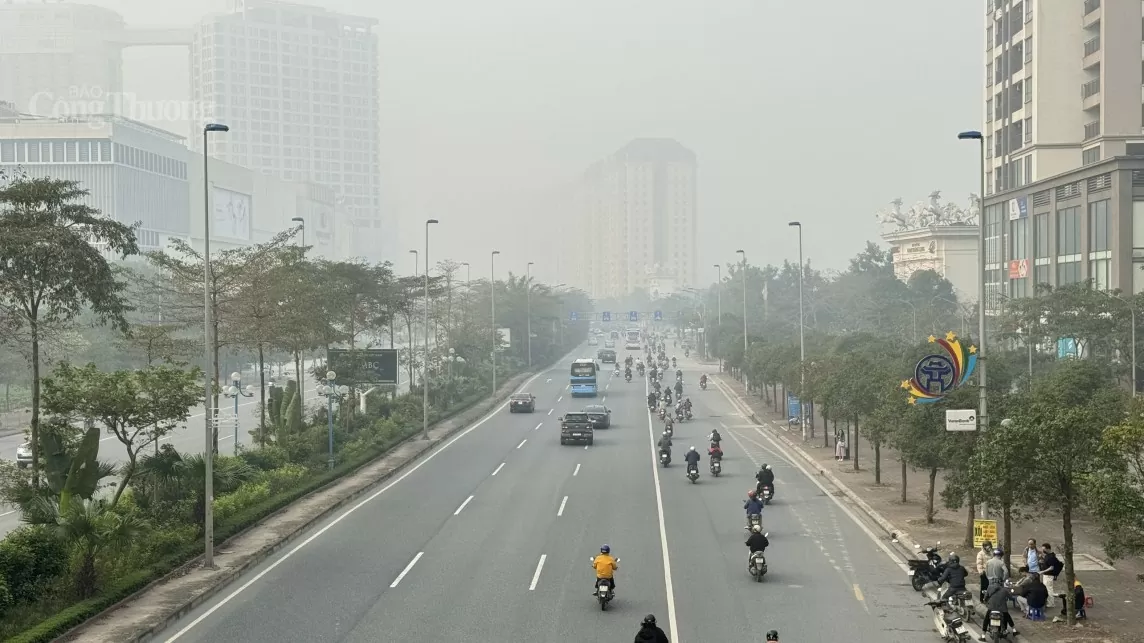 |
| Fine dust causes harmful effects that cannot be ignored. Illustration photo. |
A northeast monsoon can only “save” the fine dust pollution for a few days. When the cold air weakens, the fine dust returns to the streets of Hanoi. In other words, the pollution warning map of Hanoi that people can see right away on their mobile phones is only “green” for a few days, the rest of the time when they open this map, it is bright red.
Warnings about the increase of fine dust and its dangerous long-term consequences have been around for decades and there has been no significant improvement in reducing the level of fine dust in the air. But it seems that few people pay attention to these warnings while they still rush out to the streets every day to make a living and to go to work. The daily weather report still revolves around the parameters of temperature, humidity, sunshine, and rain, but there is almost no warning information about the level of fine dust pollution in the air, which is very necessary, and sometimes even more necessary than the parameters of temperature, sunshine, or rain.
The city government, to be fair, has made many efforts to solve the problem of air pollution, especially pollution caused by fine dust. For example, the situation of smoke and dust caused by burning straw and honeycomb coal stoves has been basically resolved, especially honeycomb coal stoves. But it seems that compared to the speed of urbanization, the speed of construction, the speed of development of personal transportation, those efforts have not brought much effectiveness in improving the air that millions of citizens of the capital, many of whom come from other localities to earn a living, study, work, are breathing every day, every hour.
Some experts have given a startling picture of the harmful effects of fine dust pollution: the average life expectancy of Hanoians is currently about 79 years old, if not for fine dust pollution, the life expectancy would have been 81.49 years old.
Many solutions, from the macro level such as developing green areas to small solutions such as mobilizing street cleaning vehicles, seem to be stalling while the amount of fine dust in Hanoi's air continues to exceed the threshold many times over.
Hanoi is currently considered to have the most serious air pollution in our country according to data from the World Health Organization (WHO), ranking 8th in terms of air pollution levels globally. On average, each year, Hanoians breathe in an amount of fine dust 9 times higher than the WHO's recommended level for health safety.
Other monitoring results at different times also show a similar worrying picture. For example, AirVisual recorded that at 8:30 a.m. on October 13, 2024, Hanoi was the third most polluted city in the world with an AQI of 198. October 2024 also recorded an unusually high level of air pollution in Hanoi, even ranking second in the world on some days. October is also the fourth month of 2024 that Hanoi recorded a period of heavy air pollution after three periods in the first months of the year.
One of the reasons why air pollution in general and fine dust pollution in particular in Hanoi have not improved much is that many people comment that it seems that Hanoi is still struggling to find the source of the dust or some people call it finding the "mastermind". It could be that millions of motorbikes or cars are not only rolling every day but are actually jostling each other every day, every hour, fighting for every centimeter of road, including sidewalks. It could be that millions of construction projects and apartment buildings are rushing to be completed in time for Tet. Then some people think that dust comes from digging roads, paving sidewalks, and asphalting roads. Or production facilities could also be the source of pollution.
The story of solving pollution from honeycomb coal stoves is a suggestion that the city government needs to immediately identify the main source of pollution to focus on solving it, both by administrative measures and by allocating funds to solve the "post-event" problems that arise, even if it requires a large budget. Because that is not only for the immediate future but also for the long term, especially if Hanoi wants to be seen in the eyes of everyone as a truly livable city.
Then we need to calculate whether the city needs to have a proper strategy just to fight fine dust with solutions from small to large, both administrative and technological applications, digital applications, to gain a certain consensus (without expecting a high rate) from the people.
Source: https://congthuong.vn/thanh-pho-ha-noi-se-lam-gi-de-chong-mua-bui-min-360618.html


![[Photo] Overcoming all difficulties, speeding up construction progress of Hoa Binh Hydropower Plant Expansion Project](https://vstatic.vietnam.vn/vietnam/resource/IMAGE/2025/4/12/bff04b551e98484c84d74c8faa3526e0)


![[Photo] Closing of the 11th Conference of the 13th Central Committee of the Communist Party of Vietnam](https://vstatic.vietnam.vn/vietnam/resource/IMAGE/2025/4/12/114b57fe6e9b4814a5ddfacf6dfe5b7f)






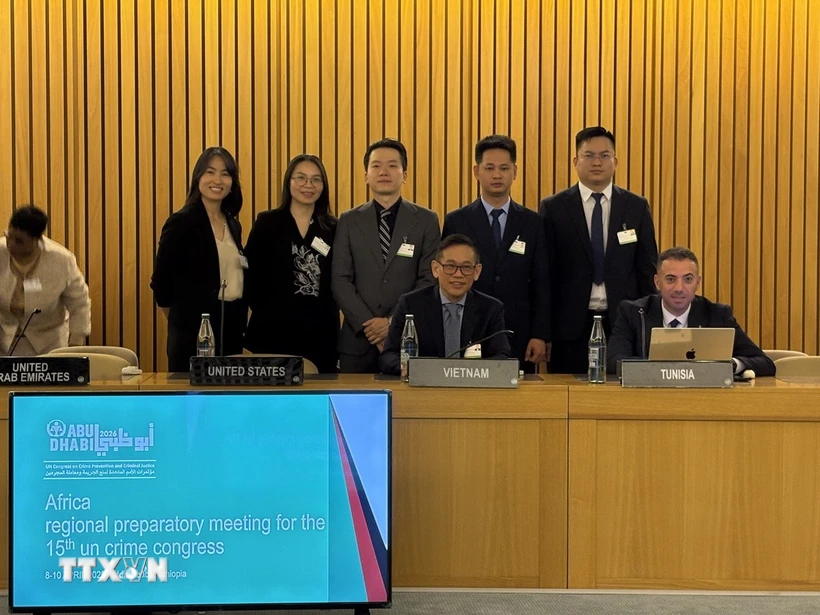

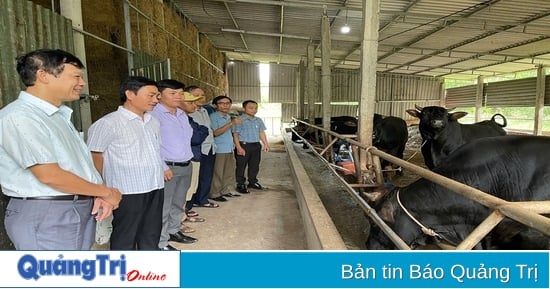



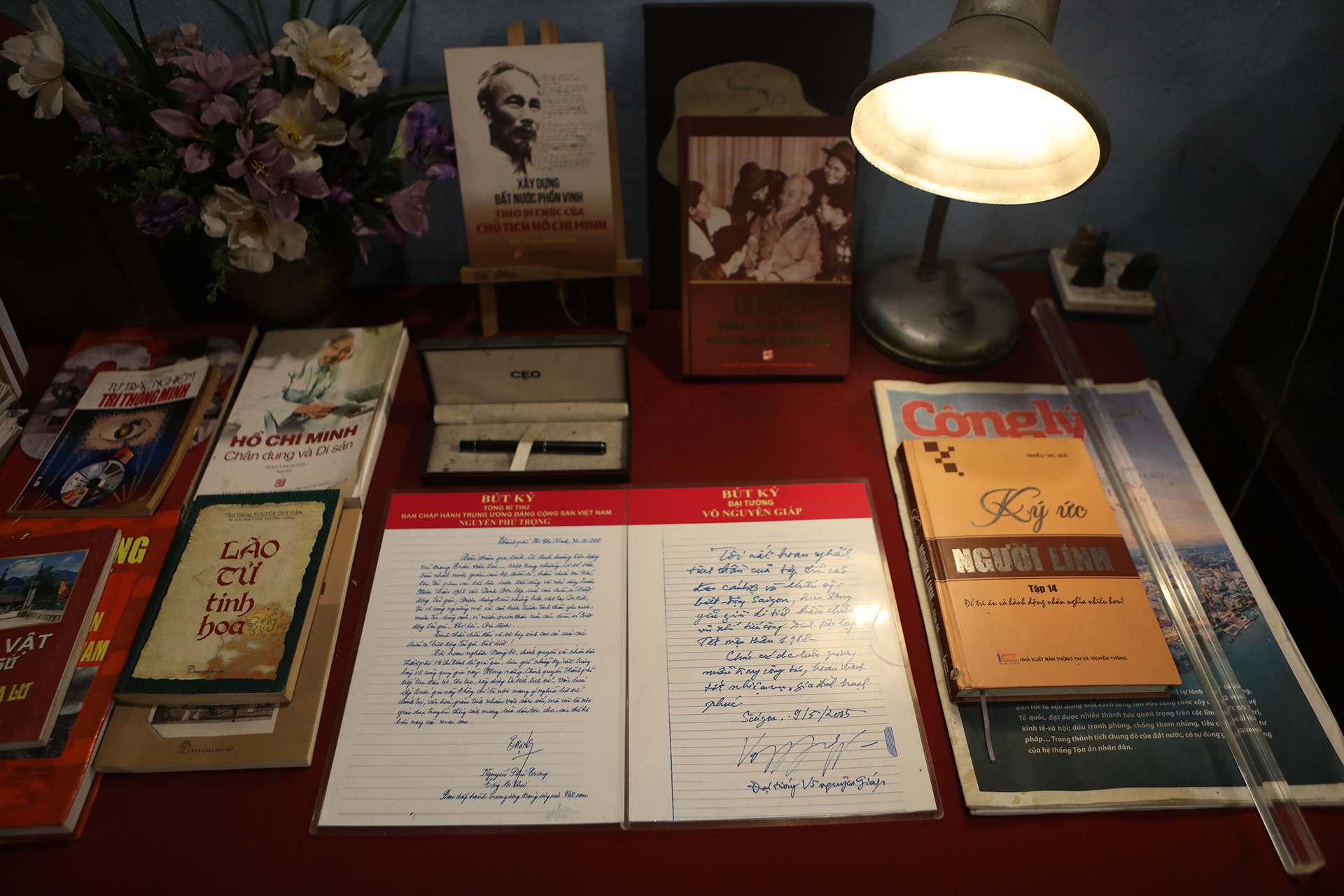

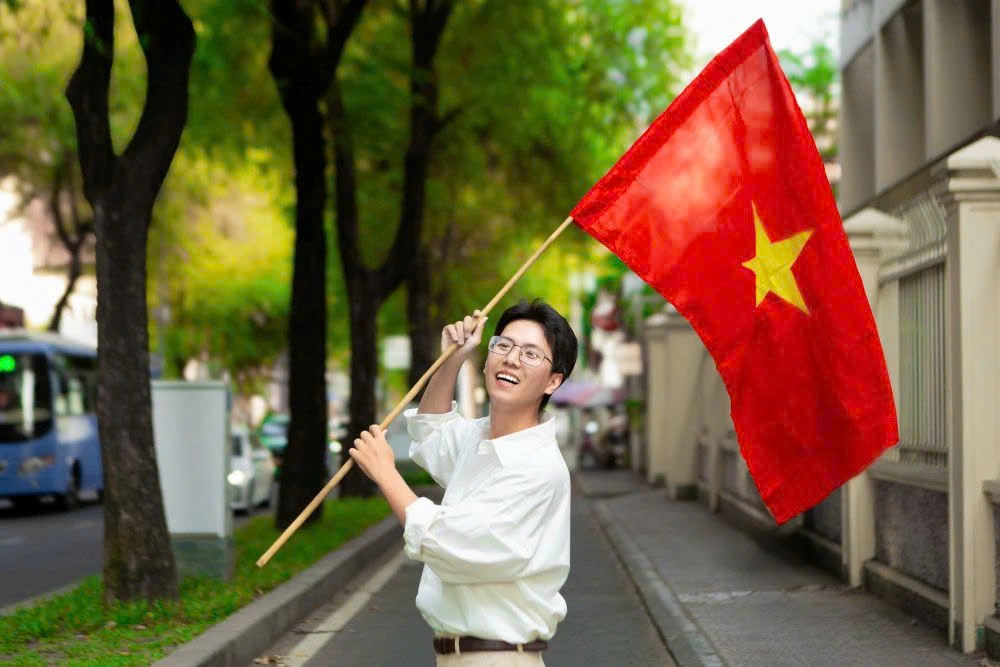
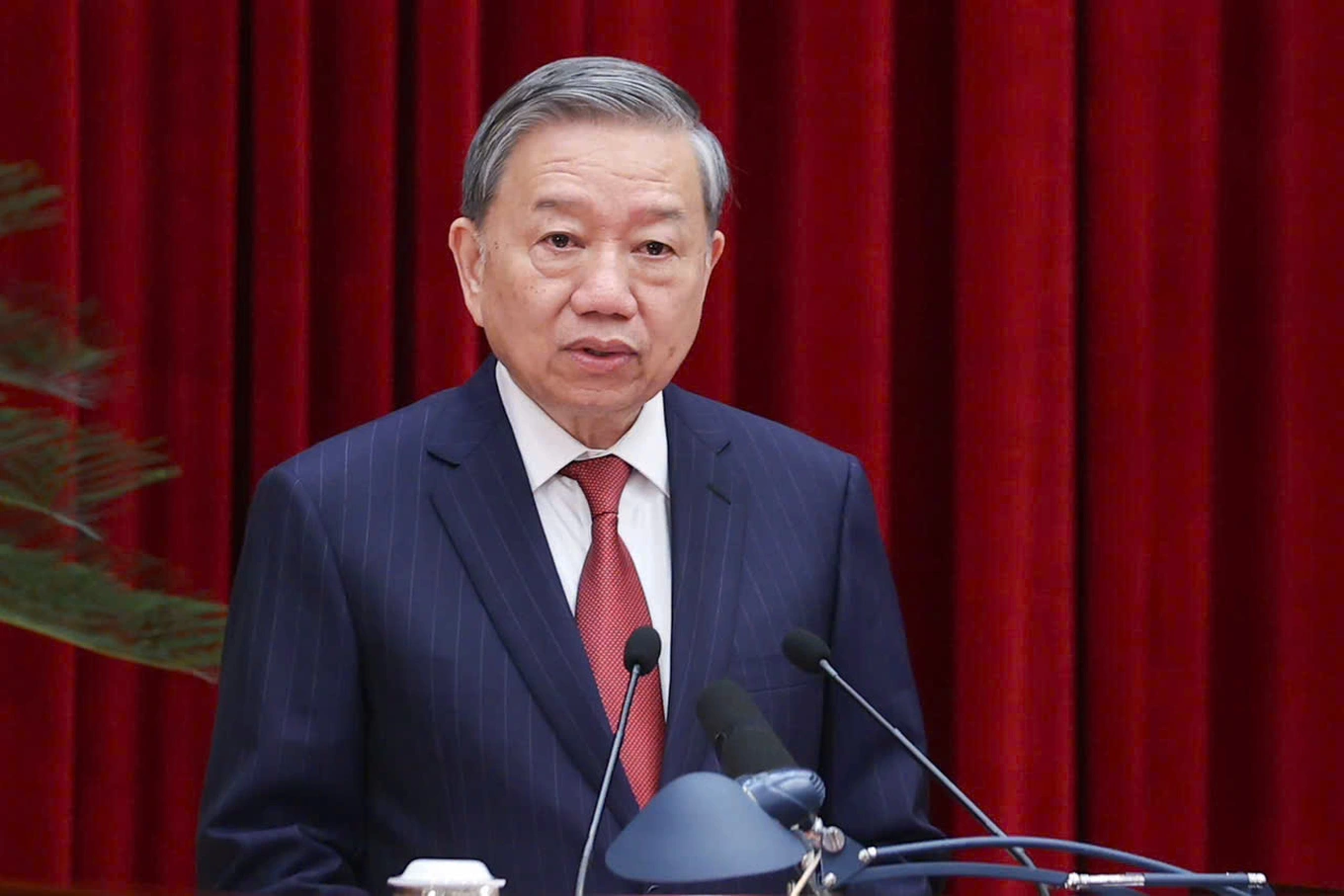






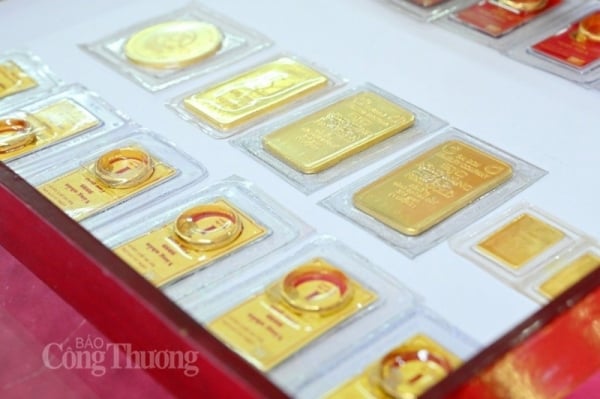

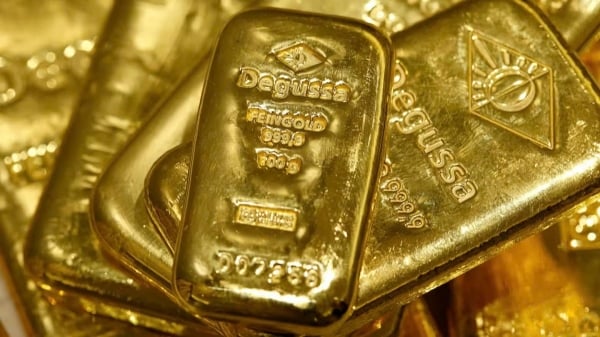



















































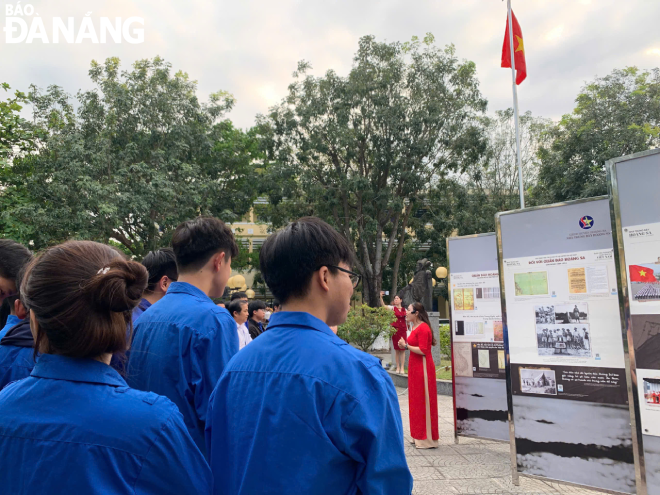












Comment (0)